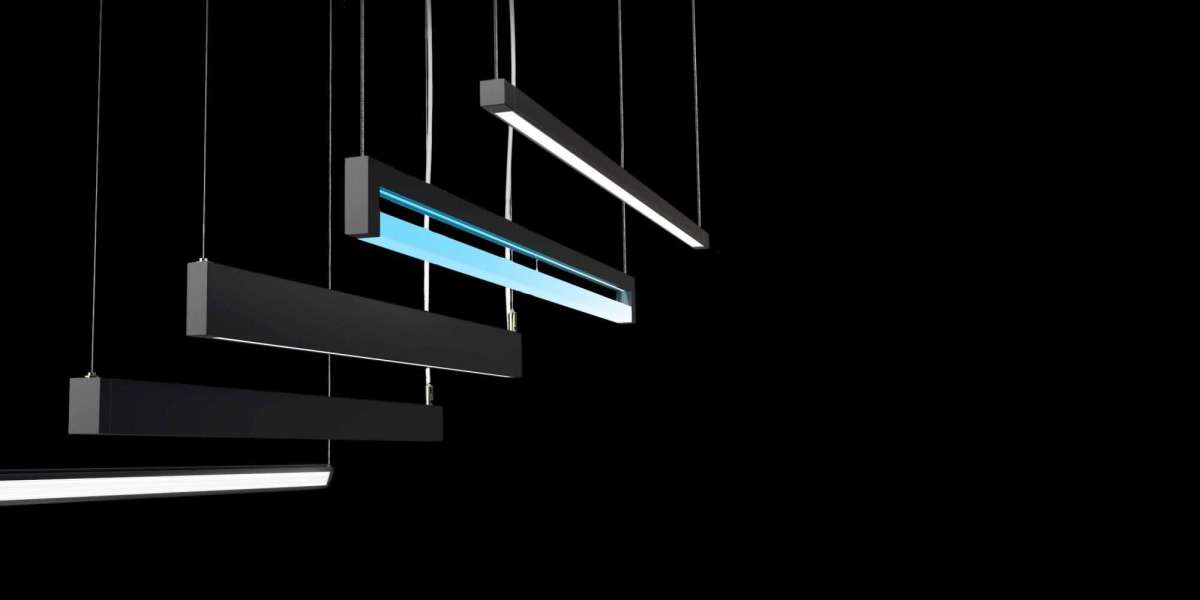Stepping into a well-lit room can instantly shift your mood. The play of light and shadow not only changes the space's look but also its feel, proving that lighting does more than illuminate—it transforms. Lighting design, an often-underestimated craft, is pivotal in morphing mere spaces into vibrant experiences, marrying function with aesthetics in architecture and interiors.
Introduction: The Essential Role of Lighting in Design
Light acts as a silent narrative in design, subtly setting the scene. In the nuanced realm of architecture and interior design, the role of lighting transcends mere functionality—it crafts the emotional and aesthetic heartbeat of spaces. Picture a lounge where the lighting coaxes out the warmth of the wood panels, or an office where the light is cleverly diffused to reduce glare on screens and work surfaces. These scenarios underscore the magic woven by adept lighting design, integrating ambiance with purpose.
Understanding Lighting Dynamics
In the design spectrum, light is a powerful tool that shapes our perception of space. The dynamics of lighting encompass not just the intensity and hue but also how light interacts with surfaces and volumes. It's about creating a dialogue between light and architecture, where each ray of light is purposefully directed to enhance and complement the physical form.
Lighting design is a narrative of balance—between ambient, task, and accent lighting. Each layer serves a narrative, from creating a backdrop to highlighting key features or supporting specific activities. This balance is crucial in achieving a harmonious and functional space.
The Collaboration Between Designers and Lighting Experts
The alchemy of great design emerges from the collaboration of minds: architects, interior designers, and lighting experts. This partnership, rooted in mutual respect and understanding, ensures that lighting contributes to the narrative of the space from the outset, not as an afterthought but as a foundational element.
This synergy allows for a nuanced approach where the lighting design is seamlessly integrated with the structural and interior elements, creating spaces that are not just visually appealing but are also adaptive and responsive to the needs of their occupants.
Technology and Innovation in Lighting
Innovation in lighting technology, like the advent of LED and smart lighting systems, has dramatically expanded the horizons of design possibilities. LEDs offer a spectrum of colors and intensities, adapting to the functional and aesthetic needs of a space. Smart lighting, on the other hand, introduces adaptability, with systems that learn from and respond to the user's habits and preferences, marrying convenience with energy efficiency.
These technological strides are not just about illumination but about enhancing the interaction between people and their environments, creating spaces that are intuitive and in sync with natural rhythms.
Case Studies: Lighting Transformations
Consider the transformation of a public library, where innovative lighting design was central to its revitalization. Here, lighting was used not just to illuminate but to guide and enhance the visitor's experience, creating zones of light that intuitively navigated users through the collections and reading spaces.
Another example is a residential project where lighting played a key role in blending indoor and outdoor living spaces. Through carefully planned exterior lighting, the garden became an extension of the living area, seamlessly integrating the two spaces and extending the usable hours of the outdoor area.
Conclusion: Brightening the Future of Design
The journey of lighting design in architecture and interiors is one of constant evolution, where light is not just a functional element but a transformative force. The future of design is illuminated with possibilities, where lighting continues to play a pivotal role in creating spaces that are not only aesthetically pleasing but are also empathetic to human needs and sustainable in practice.
In this illuminated path, entities like Centerlight lead the charge, empowering architects, designers, and developers to realize their luminous visions. Their expertise doesn’t just light up spaces; it envisions lighting as an integral component of life-enhancing environments.
As we advance, the illumination of our spaces will increasingly reflect a deepened understanding of light’s profound impact on our lived experience, shaping not just how we see, but how we feel and interact with our built environments.



